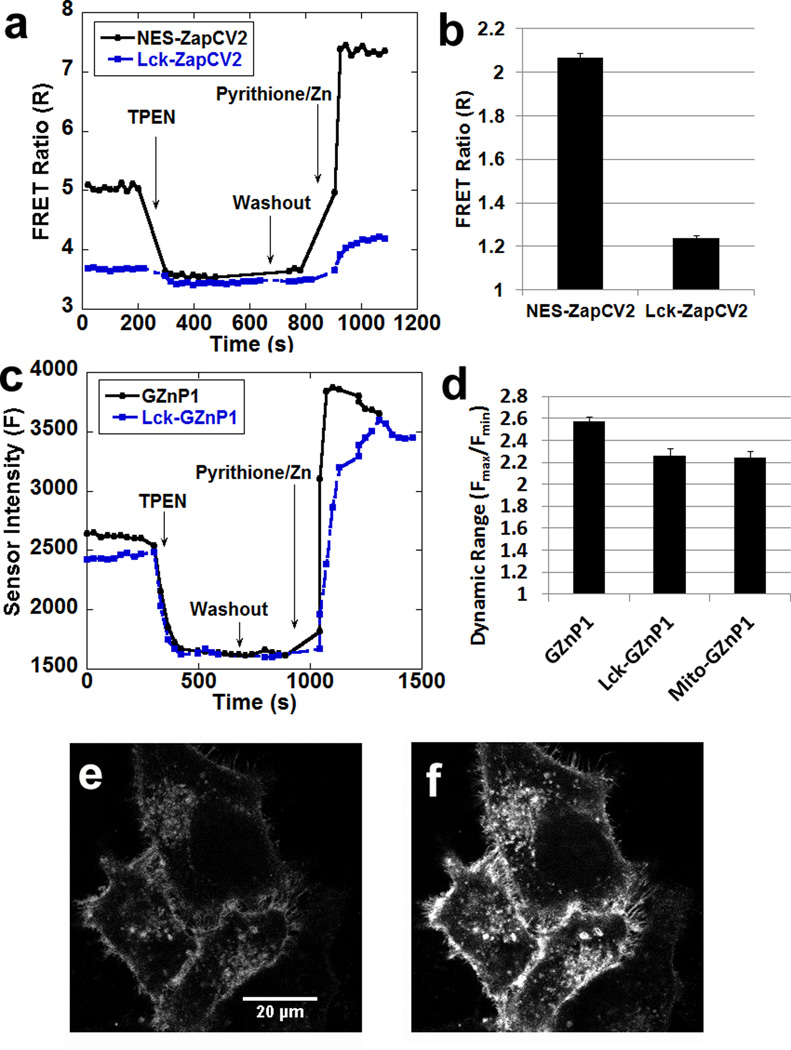Figure 6. GZnP1 retains properties more robustly than FRET sensor ZapCV2 when targeted to cellular compartments.
(a) Representative traces of cytosolic FRET Zn2+ sensor ZapCV2 and plasma membrane targeted sensor Lck-ZapCV2 in response to Zn2+ perturbation in cells. (b) The dynamic range of Lck-ZapCV2 is greatly reduced compared to ZapCV2. (c) Representative traces of cytosolic GZnP1 and plasma membrane targeting sensor Lck-GZnP1 in response to Zn2+ in cells. (d) Dynamic range of Lck-GZnP1 and mito-GZnP1 is only slightly reduced compared to GZnP1. n >= 14 cells, the error bar represents standard error of mean. (e–f) The fluorescence intensity was reduced in HeLa cells expressing Lck-GZnP1 treated with 100 µM TPEN (e), then the sensor brightness was increased with treatment of 1.25 µM pyrithione and 20 µM ZnCl2 (f).

